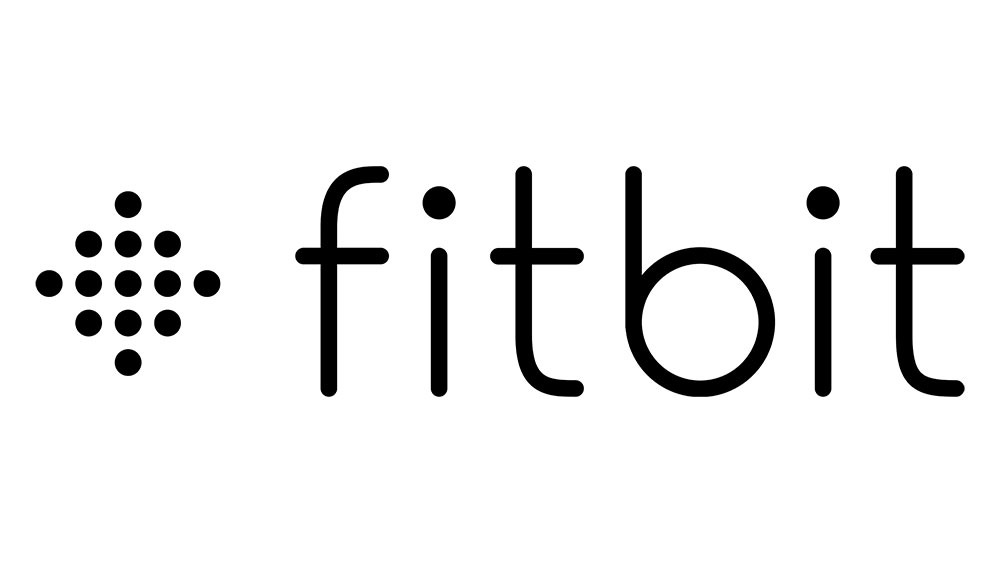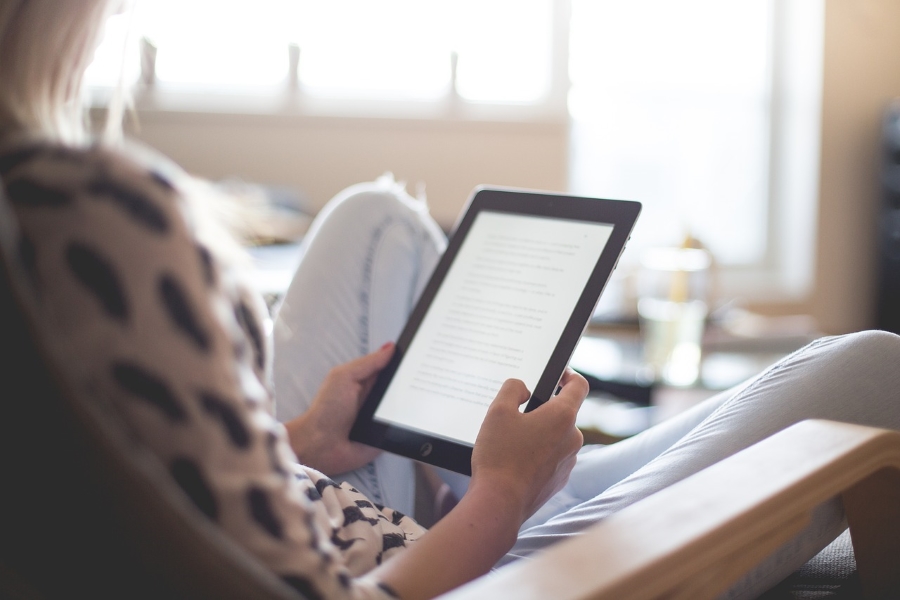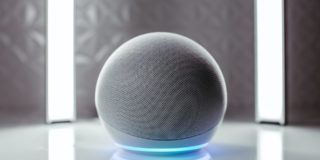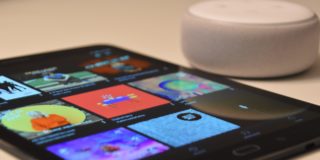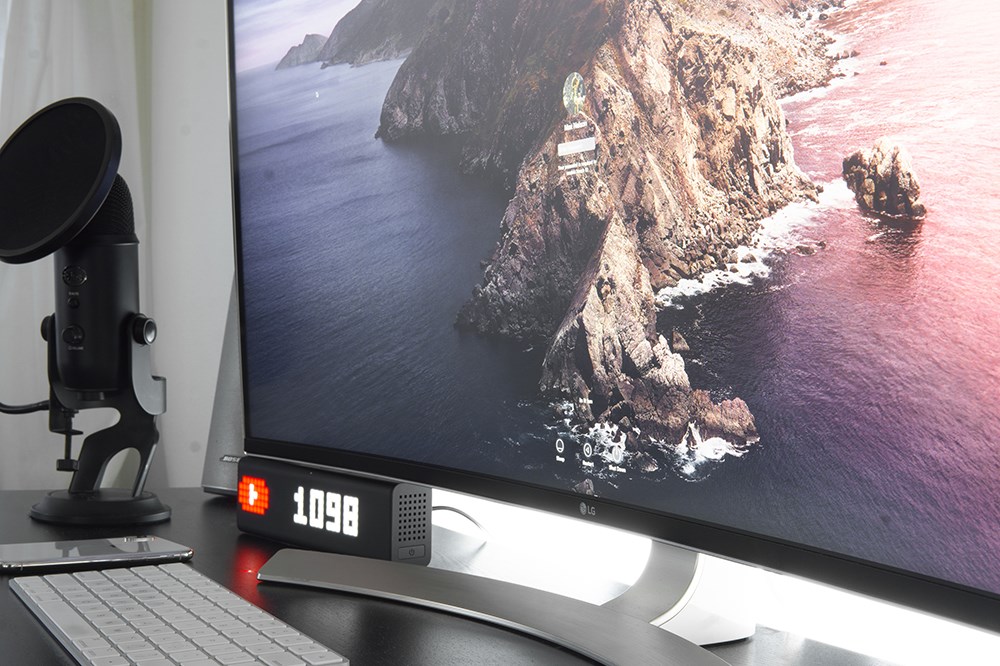The Best Emoji Wallpapers and Icon Packs
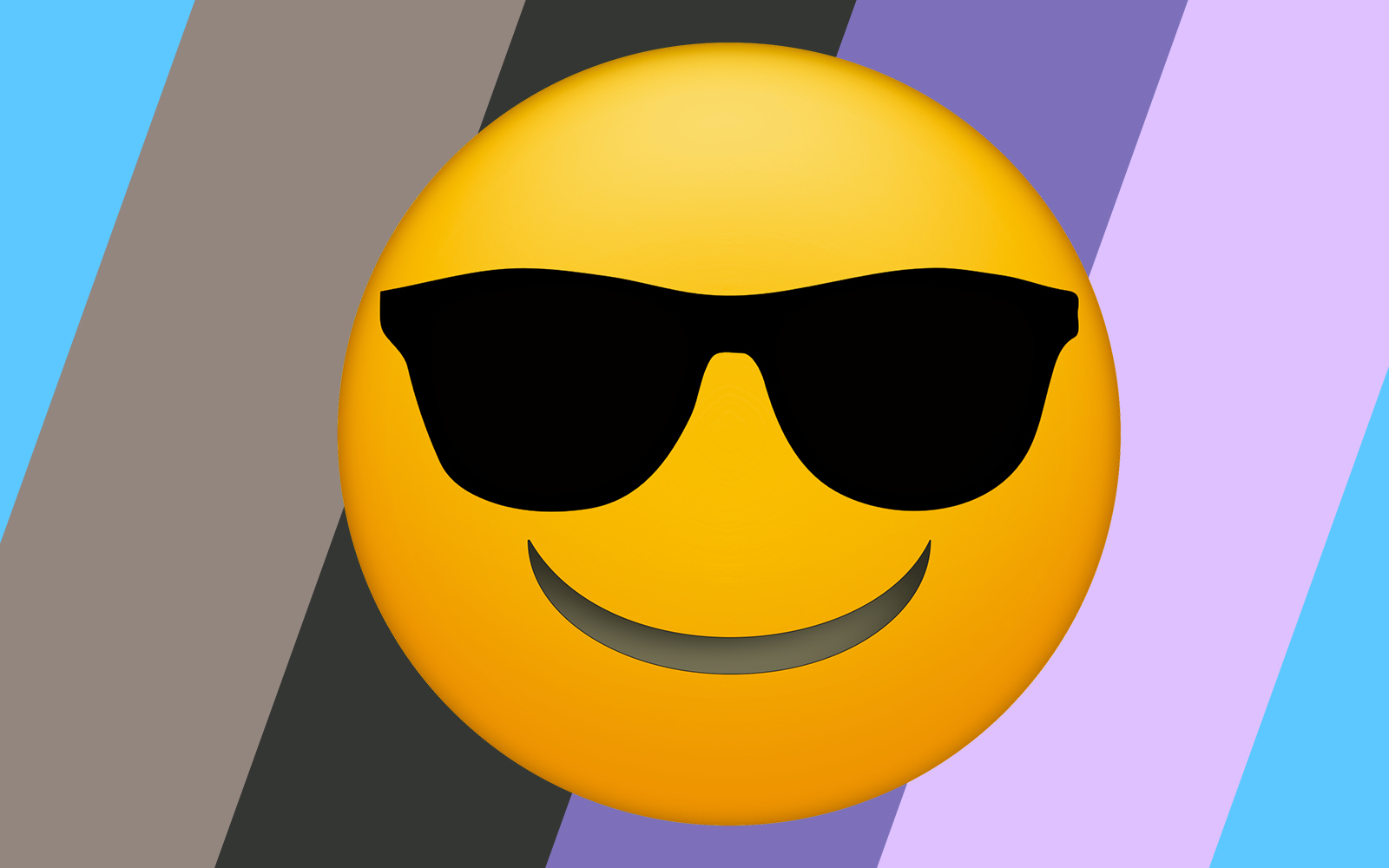
Over the past decade, emojis have gone from a niche form of communication primarily used in Japan and other Asian countries to a full-blown phenomenon around the world. With full support for emojis in every major operating system, including iOS, Android, Windows 10, macOS, and Chrome OS, the modern emoticon seems to be the hot new way to communicate with your friends, colleagues, and family members around the world. Emojis can add a bit of flavor to otherwise lifeless text messages, helping to imply certain feelings and emotions. They can even go a long way in making jokes work that might not translate well to text.
Sure, emojis may be a bit oversaturated following this summer’s release of The Emoji Movie, but that doesn’t mean they’re no longer cool. On the contrary, we still love to use emoji, especially when communicating with friends online. If you’re head over heels in love with emoji-related content, you’ll want to deck your phone and computer out in everything emoji. If you’re still looking for the best emoji wallpapers for your devices, you can stop: we have some of the best emoji wallpapers on the web right here. Here’s how to find a good one—and the ones we think you should use.
What to Look For in a Wallpaper
While browsing for wallpapers has gotten a bit smoother in recent years, it’s still not the easiest thing to do online. Finding good wallpapers for your phone, tablet, or laptop shouldn’t be challenging, but some websites and search results list low-quality wallpapers that look ugly on your desktop background. When you’re using a wallpaper on any device, you’ll want to look for some key items to make sure it looks good on your display.
Resolution
Resolution is a big deal when it comes to making sure your wallpaper looks good on the display of your choice. Whether you’re using a laptop, a desktop monitor, a tablet, or a smartphone, you want to make sure the resolution of your photo either matches that of your display, or goes above and beyond that size. This can be a bit difficult depending on whether or not you’re aware of the resolution of your display. Most smartphone manufacturers make a big deal out of the resolution of their devices, and it’s fairly easy to find that information online. Computer manufacturers also supply their resolution numbers in the key specs of their devices, though occasionally these numbers can be hidden if a computer has a relatively-low resolution.
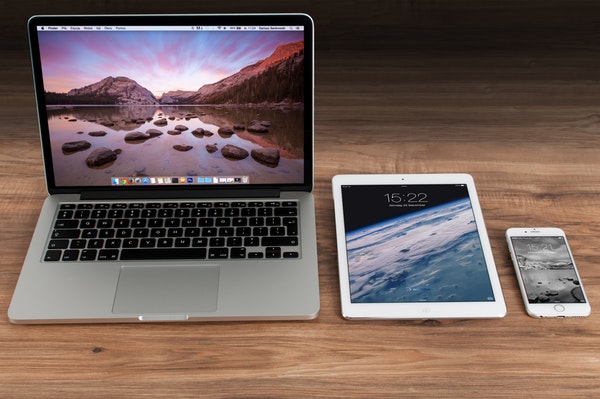
If you’re unsure what the resolution of your display is, there’s a few options. The first is to do a quick Google search of your device name to find out the resolution. For example, if you’re using an iPhone 7, searching “iPhone 7 resolution” will bring up a card on Google displaying the iPhone 7 has a resolution of 1334×750 (Apple’s iOS devices often use strange, non-standard resolutions; this is closest to a 720p resolution, which would measure at 1280×720 on the iPhone’s screen). Searching for “Galaxy S8 resolution” will bring specs for the device that display a 2980×1440 resolution (this would be equivalent to a 1440p resolution on computers and other monitors, simply with a taller display). The same goes for computers, though because most laptops outside of the macOS ecosystem typically use a jumbled mess of letters and numbers to create a product name, it can be difficult to find out the exact resolution of your display. So, for Windows 10 users, you’ll want to tap on the Start menu in the bottom-left corner of your display, type “Display,” and hit enter. Look for the resolution number in the settings menu for your display. Most modern laptops use a 1080p (or 1920×1080) display, but your mileage may vary.
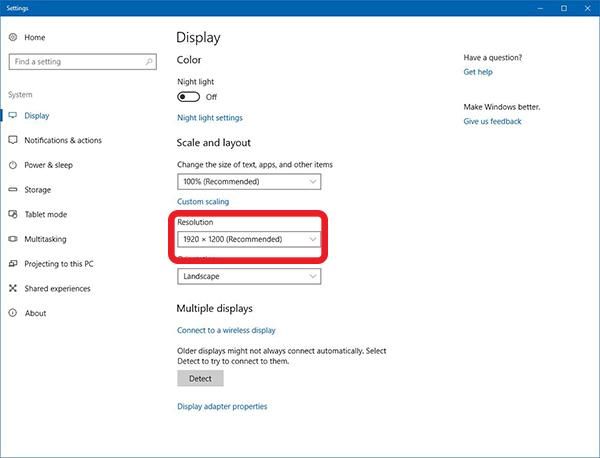
Finally, you can also use an online tool like What Is My Screen Resolution to determine the resolution of your display, though note that any display scaling on your device (a standard on Windows devices, for example) seems to throw off the website, displaying the scaled resolution instead of the proper screen resolution.
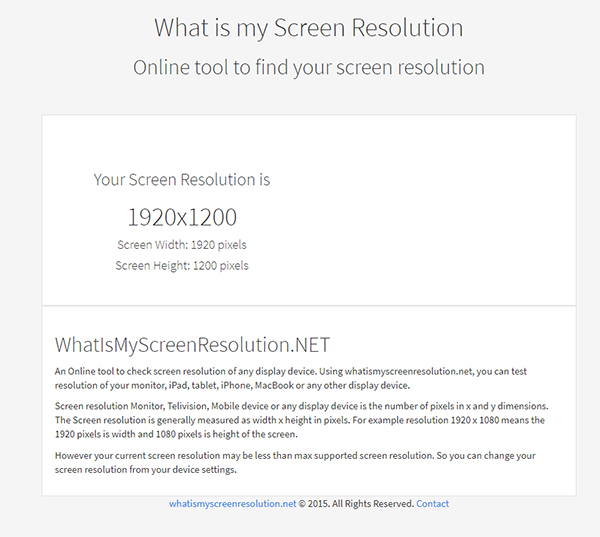
If you use a low-resolution image, or an image that happens to have a lower resolution than your device, you’ll notice a drop in quality in the image once it’s placed on your wallpaper. This might not sound like a big deal, but if you’ve ever seen a picture blown up to 200 or 300 percent of its original size, you know the artifacts and loss in quality created by stretching an image can distort the photo and make your wallpaper seem like a mess. On the other hand, if the resolution is larger than your display, you’ll be fine to use the image without any drop in quality. Effectively, all this means is pay attention to your resolution. If it’s a number smaller than your resolution, skip the wallpaper. If it’s equal or larger, you’re good to go.
Aspect Ratio
Almost as important as your resolution is making sure you’re aware of the aspect ratio of your device. This really goes hand in hand with resolution, and while it’s not as important as the resolution of your display, you’ll want to make sure your aspect ratio is close to correct in order to ensure the photo matches your display.
First, an aspect ratio refers to the width versus the height of a display. Aspect ratios are used to identify everything from the size of the projection area at your local movie theater, to the television sitting in your living room, to the phone in your pocket. Typically, aspect ratio is measured as (width):(height), as the numbers usually refer to monitors and other horizontal displays, like laptops. Most modern displays are presented clost to 16:9, including your TV, your computer monitor, and probably your laptop. There are some exceptions to this rule, however. Some Apple displays, like those you’ll find on the MacBook line, typically measure in at 16:10 instead of 16:9, meaning the display is a little bit taller than what you’ll find on a television. For the most part, however, an aspect ratio of 16:9 is standard for most wallpapers. If you’re confused on whether the wallpaper you’ve selected for your device fits into the aspect ratio of your choice, you can use a ratio calculator, like the one available here. Type the resolution of your monitor on one side, and you’ll see the simplified answer appear in the “Answer” field.
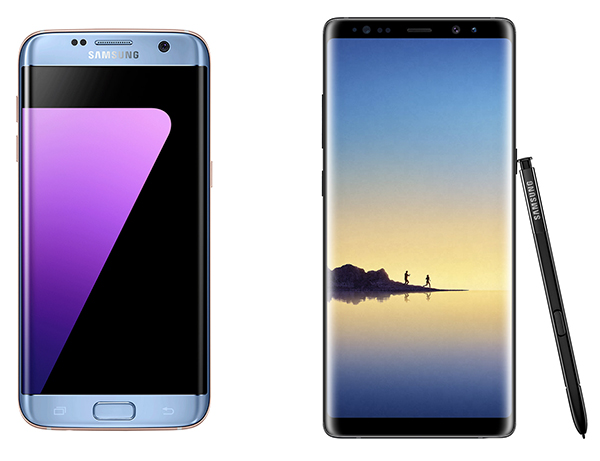
Aspect ratios can get a bit tricky when you’re dealing with smartphones, however. As you probably already know, smartphones use a vertical aspect ratio rather than a horizontal aspect ratio. Most devices, including the iPhone 7 and &+, Google Pixel and Pixel XL, Motorola devices, and older LG and Samsung devices, use a 16:9 aspect ratio just like your television. Despite the fact that your phone is used most often held vertically, phone makers still advertise an aspect ratio in the standard (width):(height) number. Prior to 2017, this wasn’t an important number to recognize. However, LG’s G6 and V30 smartphones now measure in at 18:9 (or 2:1), and Samsung’s Galaxy S8, S8+, and Note8 all measure in at an even taller 18.5:9. As of writing, the bezel-less iPhone hasn’t been announced, but expect the new device to have a similarly-tall aspect ratio.
You’ll want to make sure your aspect ratio generally matches the device you’re using. If you’re on a PC, look for a 16:9 (most laptops) or 16:10 (some monitors for desktops) wallpaper. MacBook users can stick fairly universally with 16:10, though the smallest MacBook Air from a few years ago has an aspect ratio of 16:9. Most smartphones from prior to 2017 use a vertical 16:9 aspect ration (technically 9:16, but these ratios aren’t measured this way in spec sheets). While iOS users will want to make sure their wallpaper fits perfectly with their devices, Android users should keep in mind that wallpapers often move in the background on most phones, requiring more space to the left and right of the wallpaper.
Sources
Finally, one of the most important aspects in choosing a perfect wallpaper is to make sure you’re using a trustworthy source. Low-quality wallpapers are typically found on sites that don’t put an emphasis on the quality of their content, which means you’ll want to steer clear of those sites and focus on the ones that are known to provide excellent content for you to spruce up your devices with. There’s no shortage of wallpaper sites online, but some of them haven’t been updated in well over a decade, leaving users out in the cold when it comes to fresh, high-resolution wallpapers in 2017.
Mobile devices have it off a bit easier, since dozens of applications exist on both iOS and Android that offer wallpapers for your device. Unfortunately, you’re bound to run into a similar problem that we’ve seen on desktop and laptops: many of these wallpapers are for older devices with much lower resolutions. Over the course of five years, smartphone users have gone from using devices where a 720p resolution was considered groundbreaking, to mid-range devices where a 1080p resolution is considered “good enough.” Even apps that promise “HD wallpapers” often contain thousands of low-res wallpapers for your device.
As a general rule, here are some of the best wallpaper sites and apps on the market today. This is by no means a comprehensive list; rather, this represents a solid sampling of what we should expect from our wallpaper offerings.
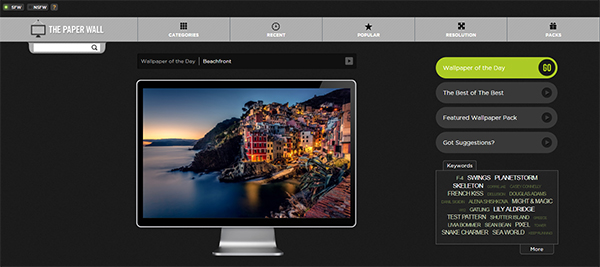
For Desktop:
- The Paper Wall: This one features a clean, minimalist design, with featured wallpaper updated daily and several ways to filter through search results. You can even limit your search to a specific resolution, making it easy to find the perfect wallpaper for your computer. The Paper Wall also has an NSFW filter, making it easy to browse for wallpaper that’s safe for your workplace.
- Wallhaven: This site isn’t quite as detailed as what we’ve seen from The Paper Wall, but it is a solid offering for anyone looking for new wallpapers. There’s a random button that makes it easy to automatically search through random wallpapers, and the search function works well too, though finding the resolution of the image does require clicking through to the selected image.
- Desktoppr: Desktoppr has some incredible wallpapers, mostly due to the curation the Desktoppr team focuses on to ensure they only offer the best of the best. Unlike most sites, Desktoppr requires you to have an account to even browse the site, and you’ll need to use Dropbox to download your wallpapers into your Dropbox account.
- Social Wallpapering: This site’s design is a bit more basic than some users will enjoy, but it’s a solid offering, not just because of its built-in search functionality, but because almost anyone can upload wallpapers to the site, leading to a diverse selection of wallpapers on the platform.
- Desktop Nexus: An older site, but a good one nonetheless. Desktop Nexus has nearly 1.5 million wallpapers on its site. They don’t have a huge collection of emoji-related wallpapers, but you’re still likely to see plenty of stuff uploaded over time.
For iOS:
- Emoji Wallpaper: Perhaps a bit on the nose, but Emoji Wallpaper for iOS is a pretty cool app. It allows you to create custom emoji wallpapers using your system keyboard, complete with different backgrounds, colors, patterns,
- Retina HD Wallpapers: This one’s only for iPhones, but the resolutions are the perfect size for anyone looking to switch up their wallpaper on the regular. With a sharp resolution and a robust category selection, you’re bound to find plenty to love here.
For Android:
- Backdrops: Backdrops has long been our favorite wallpaper app for the platform. It has both featured artists that work exclusively with the developers to create some fantastic art, as well as user uploaded work that can be sorted by category, color, and more. It’s easy to find an incredible piece of artwork for your wallpaper here, and the ability to set your content to both the lock and home screen independently can’t be understated.
- Emoji Wallpapers HD: Most of the emoji-focused wallpaper applications on the Play Store aren’t great. They offer low-quality images that don’t look good on your phone, especially since the wallpaper is less dimmed on an Android phone than on iOS. That said, Emoji Wallpapers HD actually has some great designs that don’t go overboard. You won’t be able to design your own wallpaper, but overall, these wallpapers looked incredible on our test device.
- Zedge: Everything on Zedge is user-uploaded, which of course means they have a ton of emoji-related content. This app isn’t just for wallpapers though—it’s also for ringtones, notification sounds, and so much more. And while there might not be any emoji related ringtones on the app, you’re bound to find something that matches the general aesthetic of your phone once you’ve found your favorite emoji wallpaper.
Some of the Best Wallpapers
We promised to show off some of the best emoji wallpapers on the web, and that’s exactly what we’re going to do below. These are ten of the best emoji-related wallpapers online, all scaled down from the original image, both in order to not flood this article with oversized images and to encourage users to head to the original source of each wallpaper. Below each image, you’ll find a link to the full resolution wallpaper, along with the original resolution count of that image. To grab the wallpaper for your phone or computer, head to the source link to download the original file.
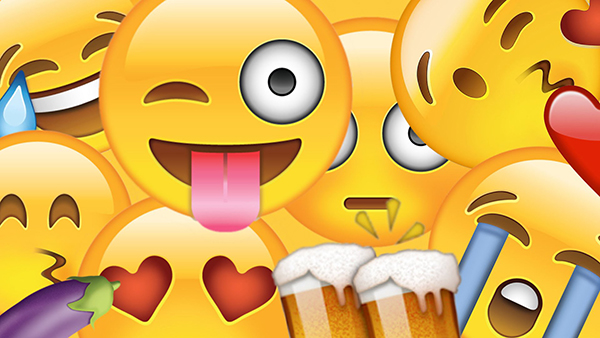
A classic, this wallpaper simply jams some of your favorite emojis together for a party. This one’s filled with easter eggs for true emoji lovers, including the eggplant poking out on the left side of the frame.
1920×1080, Wallpaper Safari
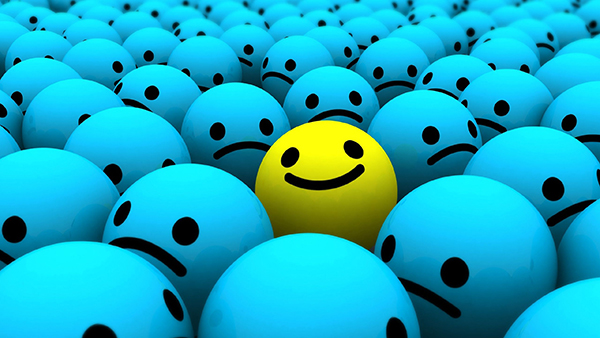
This one’s a reminder to always be positive in a world filled with negative people. Even if you’re the outlier, you’ll always be able to keep your head up.
2560×1440, ArtsFon
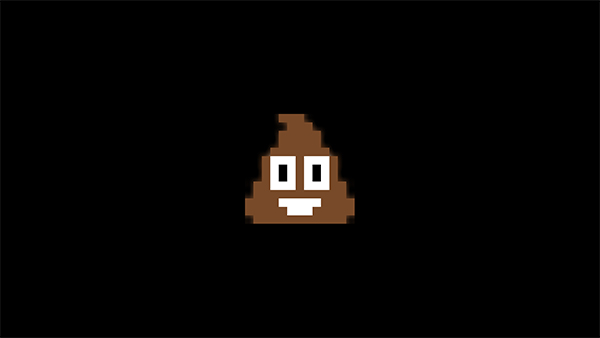
The poop emoji has a bit of a tarnished reputation following his appearance in The Emoji Movie, but that doesn’t mean he still can’t be your favorite emoji—especially when he’s decked out in an 8-bit appearance.
1920×1080, WallHaven
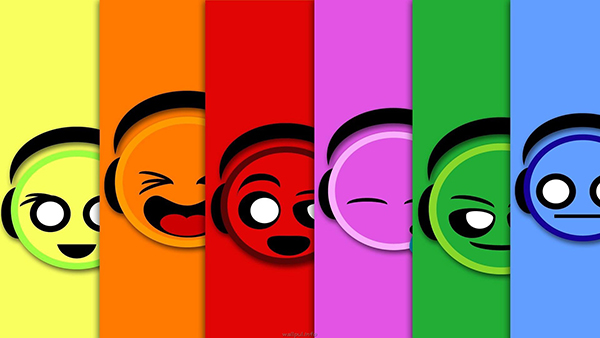
Though it might not be your typical emoji design, there’s something about this colorful pattern and the headphones each are wearing that make it magical.
1920×1080, Wallpul
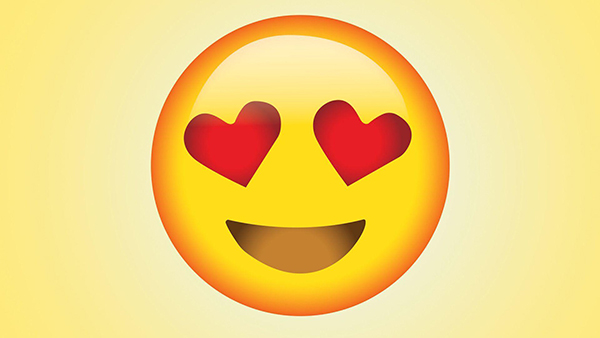
Another classic, this one’s pretty simple in its appearance. But simple isn’t bad, and we rather like the hearts-for-eyes emoji.
1920×1080, Wallpaper Cave
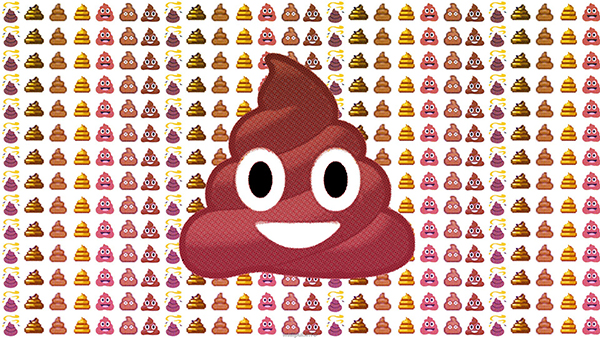
Look, if you’re going to have the poop emoji on your laptop or tablet, you might as go all out and make it decorative.
1920×1080, Wallpul
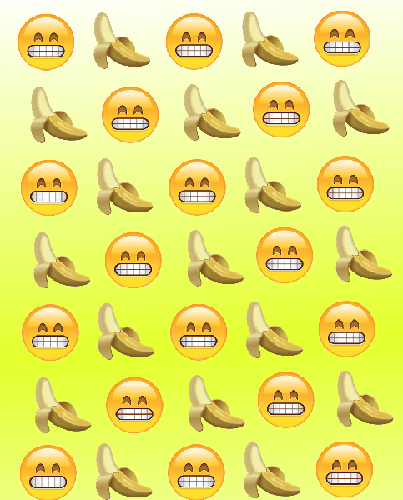
We aren’t sure why the grimacing emoji has been paired with a bunch of bananas, but hey, it makes for a fun wallpaper.
1136×914, Wallpaper Cave
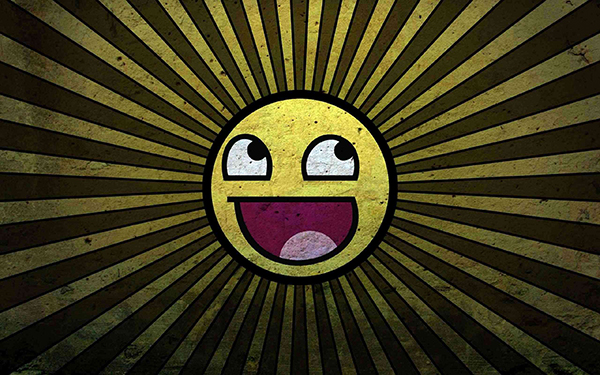
This one’s a bit odd, but we can’t help but fall in love with it anyway.
1920×1080, Wallpaper Cave
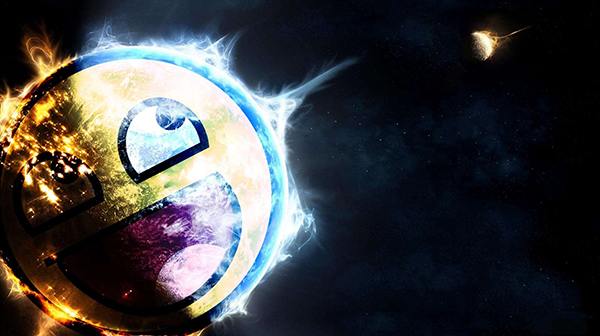
…and this one is more like if we took the odd wallpaper of our last entry and cranked it up to ten. Still, it’s a pretty great image, combining two of the internet’s favorite things: emojis and space art.
1920×1080, Wallpaper Cave
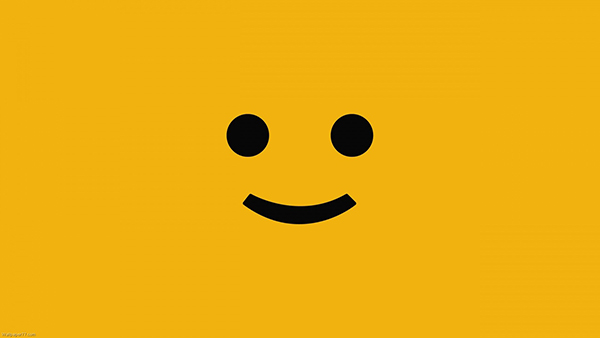
Ending on a simpler note, this yellow wallpaper reminds you to smile everyday, if only to keep a positive face on through the toughest moments.
1920×1080, Wallpaper Safari
Android Icon Packs and Live Wallpapers
Unlike other custom themes on Android, emojis don’t quite have the same level of support when it comes to icon packs. As far as we can tell, there’s only one true icon pack for Android that comes with standard emoji icons to use on your device, and that’s the Emoji One icon pack. Emoji One is an alternate, open-source emoji pack online that has caught on with popularity with some users, thanks to the flat design and muted-yellow colors that give the entire pack a nice appearance. The Emoji One icon pack on Android isn’t directly from the makers of Emoji One, but a developer named Andrew Taylor, who’s also made some programming tools and games. Overall, it’s a solid icon pack, though you shouldn’t expect every icon to match up with an app. Instead, this app seems designed for you to replace icons on an app-by-app basis. Remember, you’ll have to use a third-party launcher like Nova or Apex to do this, so refer to your launcher of choice for more info on changing your icons.
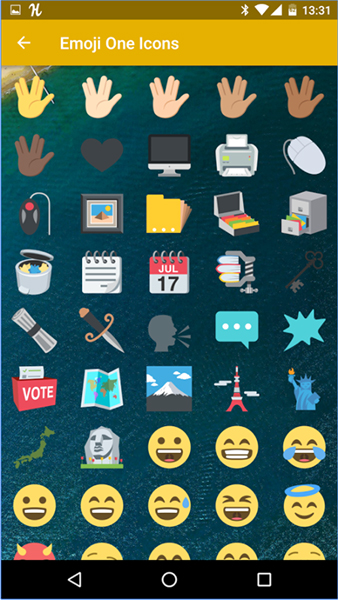
Finally, Android also supports live wallpapers, and there are a ton of live emoji-themed wallpapers on Android. Our favorite selection of the bunch is the aptly-named “Emoji Live Wallpaper,” is loaded with a ton of different emoji-themed wallpapers that are guaranteed to please anyone, no matter their interests. The app is, unfortunately, loaded with advertisements, occasionally making it difficult to use the app, but it’s not so difficult to make the app unusable. You can select a wallpaper, the style and type of emoji you want rotating along your background. Tapping on each of the emojis floating around your display will make them change emotions, making it a fun little timewaster while you have your display open. It’s not a perfect application—again, those ads are a bit overwhelming—but overall, it’s a neat alternative to standard emoji wallpapers.
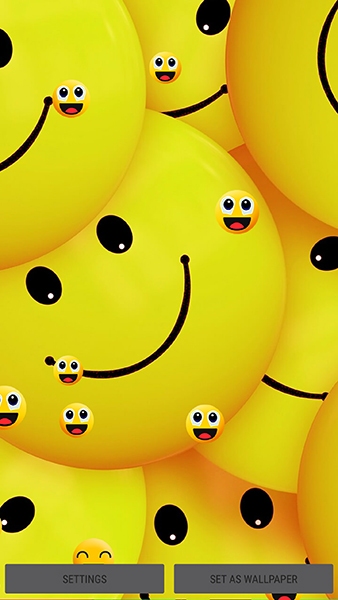
***
When you feel passionate about something, you should embrace it, whether it be a band, a television show, or even something as cute and harmless as emojis. The modern emoticons are incredibly adorable, and having them on your display, whether it be your laptop, desktop, or phone, makes your phone seem a lot more playful than it might otherwise. The selection for emoji-based wallpapers is a little bit less than what we’re used to for other designs, but the wallpapers out there are plentiful and playful enough to make even an emoji-doubter smile. So deck your electronics out in emojis, and let us know in the comments below which wallpaper you liked the best.




